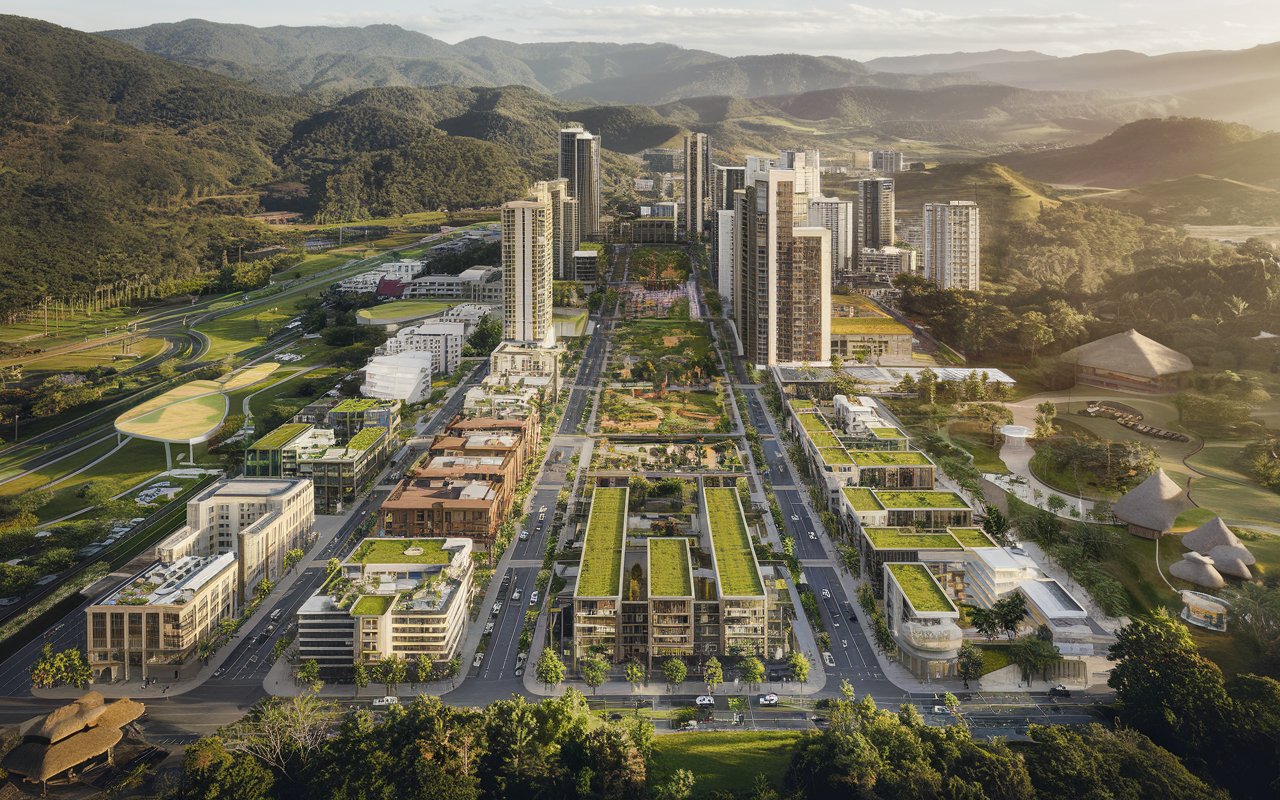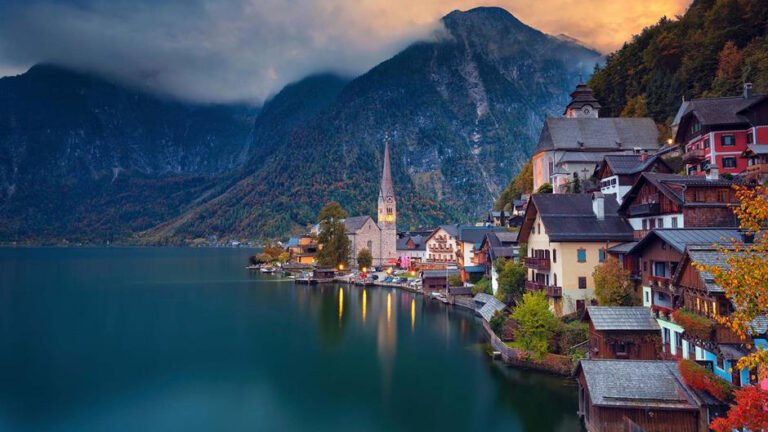When you consider the term “third world country,” you might think of a nation struggling with extreme poverty and underdevelopment. But what if you were to apply this label to Costa Rica, a country known for its lush rainforests, stunning beaches, and eco-tourism industry? At first glance, Costa Rica seems to defy traditional third world country characteristics with its growing economy and high standard of living. However, a closer look reveals a more complex picture, and it’s worth exploring whether Costa Rica’s unique blend of challenges and successes truly set it apart from the traditional definition. Now, let explore the question: Is Costa Rica a Third World Country?
Contents
Key Takeaways
- Costa Rica’s economy has grown significantly since the 1980s, shifting from agriculture to a more service-oriented economy.
- The country has a high literacy rate of 97.8%, indicating a relatively high percentage of the population can read and write.
- Costa Rica’s healthcare system is considered one of the best in Central America, with a well-developed healthcare infrastructure.
- The country has made significant strides in environmental conservation efforts, leveraging its natural resources to promote sustainable development and eco-tourism.
- Despite economic growth, Costa Rica still faces challenges such as infrastructure development, poverty reduction, and income inequality.
What Is a Third World Country
A third world country is a term originally coined during the Cold War to describe countries that didn’t align with either the Western or Eastern blocs.
You’ll often find these countries struggling with global poverty and economic inequality. According to the United Nations, a significant proportion of the world’s population lives in poverty, with 736 million people, or 9% of the global population, living on less than $1.90 a day.
These countries typically have lower economic development, inadequate infrastructure, and limited access to basic services such as healthcare and education.
Economic inequality is a significant issue, with a small elite controlling a large proportion of the country’s wealth. You’ll often see a significant gap between the rich and the poor, with the rich having access to better education, healthcare, and other opportunities.
The term “third world country” is often used interchangeably with “developing country” or “low-income country.” However, it’s essential to note that these terms aren’t exact synonyms.
The term “third world country” has a specific historical context, whereas the other terms are more general.
Costa Rica’s Economic Overview
Costa Rica’s economy has grown significantly since the 1980s, when it was still struggling to recover from a debt crisis and economic instability.
You can see this growth in the country’s GDP, which has increased from $6.7 billion in 1980 to over $61 billion in 2020. This growth can be attributed to the country’s shift from an agriculture-based economy to a more service-oriented economy.
Tourism has played a significant role in this growth, with the country investing heavily in tourist infrastructure, including hotels, resorts, and eco-lodges.
Foreign investment has also been a key driver of Costa Rica’s economic growth. The country has established itself as a popular destination for foreign investors, particularly in the manufacturing and technology sectors.
The Costa Rican government has implemented policies to attract foreign investment, including tax incentives and investment promotion programs. As a result, the country has seen significant investment in industries such as textiles, electronics, and pharmaceuticals.
Today, Costa Rica is considered one of the most stable and prosperous economies in Central America, with a high standard of living and a strong focus on sustainable development.
Education and Human Development
You’re likely wondering how Costa Rica’s education system contributes to its development.
When assessing education and human development, two key metrics to consider are literacy rates and education access.
According to data, Costa Rica’s literacy rate is around 97.8%, indicating a relatively high percentage of the population can read and write, and you’ll want to explore how this affects education access.
Literacy Rates
Literacy rates in Costa Rica have surged significantly over the past few decades, with the country boasting an impressive adult literacy rate of 97.8%.
This high literacy rate can be attributed to the country’s emphasis on education and human development.
When evaluating literacy rates, you should consider the digital divide, which refers to the gap between individuals who’ve access to digital technologies and those who don’t.
In Costa Rica, efforts have been made to bridge this gap, with initiatives aimed at increasing digital literacy among the population.
Adult education plays a crucial role in maintaining high literacy rates, particularly among those who didn’t have access to education during their formative years.
Costa Rica’s Ministry of Education has implemented various adult education programs, focusing on literacy and vocational training.
These programs have contributed significantly to the country’s high literacy rate.
When assessing literacy rates, you should also consider the impact of socioeconomic factors, such as income and occupation, on literacy levels.
Education Access: Is Costa Rica a Third World Country
Access to quality education is a crucial component of human development, and Costa Rica has made significant strides in this area. You’ll find that the country’s education system is divided into primary, secondary, and higher education levels. However, despite its progress, Costa Rica still faces challenges in ensuring equal access to education for all.
Here’s an overview of Costa Rica’s education access:
| Level | Enrollment Rate | Completion Rate |
|---|---|---|
| Primary | 95.1% | 93.4% |
| Secondary | 83.6% | 69.2% |
| Higher | 44.6% | 25.8% |
You might notice that the enrollment and completion rates decrease as the education level increases. This trend is partly due to teacher shortages, particularly in rural areas, which can limit access to quality education. Additionally, private schooling is a viable option for many families, but it can be expensive, further exacerbating existing inequalities. As a result, Costa Rica must continue to address these challenges to ensure that all citizens have equal access to quality education.
Healthcare Systems in Costa Rica
Costa Rica’s healthcare system, having undergone significant modernization efforts in recent years, is now considered one of the best in Central America.
You’ll find a well-developed healthcare infrastructure, consisting of a network of hospitals, clinics, and medical facilities, many of which are accredited by international organizations such as the Joint Commission International.
This advanced healthcare system has contributed to Costa Rica’s growing Medical Tourism industry, attracting thousands of foreign visitors seeking high-quality, affordable medical care each year.
The country’s healthcare infrastructure is well-equipped to handle various medical specialties, including orthopedics, cardiology, and oncology.
You can access both public and private healthcare services in Costa Rica, with the public system, known as the Caja Costarricense de Seguridad Social (CCSS), providing universal coverage to citizens and residents.
Many private hospitals and clinics also offer high-quality care, often at lower costs compared to the United States or other developed countries.
With its well-developed healthcare system and modern medical facilities, Costa Rica provides you with access to quality medical care, making it an attractive destination for those seeking medical treatment.
Environmental Conservation Efforts
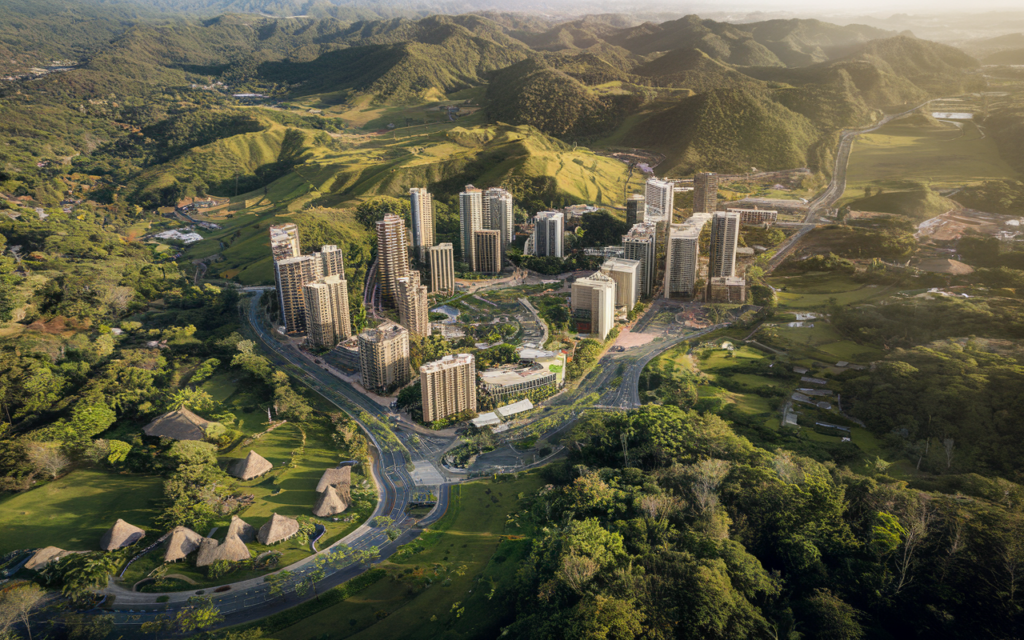
Renowned for its biodiversity and lush ecosystems, Costa Rica has made significant strides in environmental conservation efforts, leveraging its natural resources to promote sustainable development and eco-tourism.
You’ll find that the country has established a comprehensive network of protected areas, covering over 28% of its territory.
This includes national parks, wildlife refuges, and indigenous reserves, which provide habitats for a vast array of flora and fauna.
Costa Rica’s commitment to sustainable tourism is evident in its eco-friendly infrastructure.
You’ll notice that many hotels, resorts, and tour operators have adopted environmentally responsible practices, such as using renewable energy sources, reducing water consumption, and implementing waste management systems.
The country’s focus on sustainable tourism has also led to the development of eco-lodges, nature reserves, and wildlife sanctuaries, which offer tourists unique opportunities to experience Costa Rica’s natural beauty while supporting conservation efforts.
The government has implemented policies and incentives to support sustainable tourism, including tax breaks for eco-friendly businesses and certification programs for environmentally responsible tour operators.
These initiatives have contributed to Costa Rica’s reputation as a leader in sustainable tourism, attracting visitors who share the country’s commitment to environmental conservation.
Challenges and Future Prospects
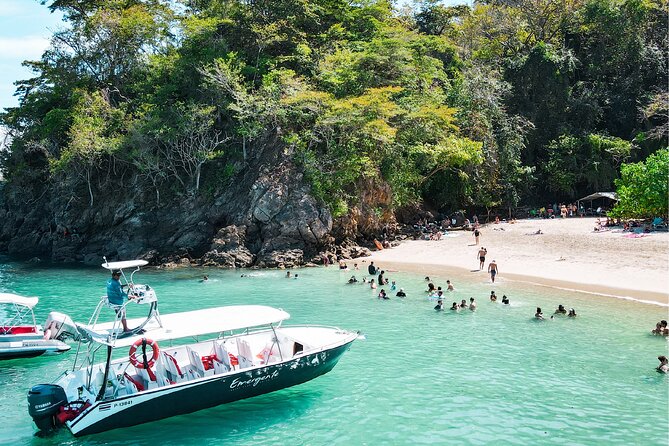
Despite its success in environmental conservation and sustainable tourism, Costa Rica faces pressing challenges that threaten to undermine its progress.
As you delve into the country’s development, you’ll notice that it struggles with infrastructure development, which hinders its economic growth.
The lack of investment in roads, public transportation, and telecommunications infrastructure creates bottlenecks that affect the country’s competitiveness.
To overcome these challenges, Costa Rica needs to prioritize infrastructure development and poverty reduction.
There are some areas that require attention:
- Investing in infrastructure: Upgrading roads, expanding public transportation, and improving telecommunications infrastructure can boost economic growth and reduce poverty.
- Addressing income inequality: Implementing policies that promote income equality, such as progressive taxation and social welfare programs, can help reduce poverty and income inequality.
- Fostering innovation and entrepreneurship: Encouraging innovation and entrepreneurship can create new job opportunities and drive economic growth.
Conclusion
As you reflect on Costa Rica’s journey, it’s clear the country’s development path is a puzzle with many interconnected pieces. Like a tree that’s grown strong despite weathering storms, Costa Rica has navigated challenges to become a unique blend of progress and growth. With a literacy rate of over 95% and a robust healthcare system, it’s a nation that’s pushing beyond traditional boundaries, but still grappling with the roots of poverty and inequality.
FAQs: Is Costa Rica a Third World Country?
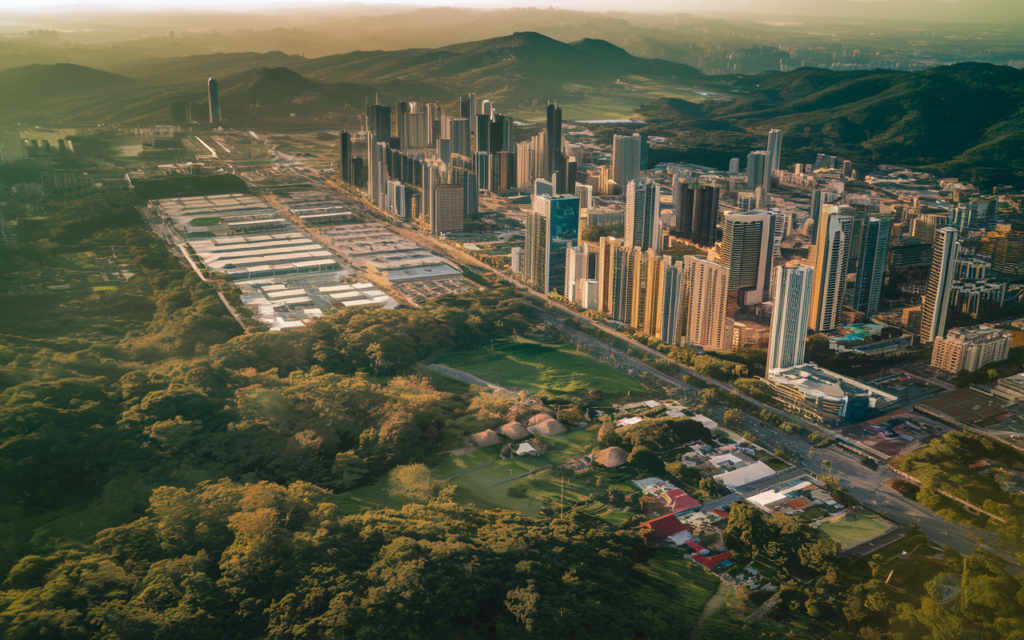
Is Costa Rica considered a third world country?
The term “third world” originated during the Cold War, referring to countries that were not aligned with either the NATO bloc or the communist bloc. Today, it is often used to describe countries with poverty and lower human development indicators. According to the World Bank, Costa Rica does not fit neatly into this categorization, as it has a relatively high standard of living compared to many other countries in Latin America and Central America. Therefore, while it might be labeled as a “third world” country by some, it is more accurately described as a developing country with significant achievements in areas such as education and healthcare.
What does the World Bank say about Costa Rica’s economic status?
The World Bank classifies countries based on their gross national income (GNI) per capita. Costa Rica’s GNI per capita places it in the upper-middle-income category, indicating a level of economic development that surpasses many of its Central American neighbors. Additionally, the World Bank recognizes Costa Rica for its stable economic policies and commitment to sustainable economic growth, which contribute to its positive image in the global arena.
How does the poverty rate in Costa Rica compare to other countries?
is lower than in many other countries in Latin America and the Caribbean. The poverty rate has been gradually decreasing, with the government of Costa Rica implementing various initiatives to reduce poverty and improve living conditions. However, challenges remain, particularly in rural areas, where poverty levels can be significantly higher. The World Bank continues to monitor these trends and provides support to help further lower the poverty rate.
What is Costa Rica’s rank in the Human Development Index?
According to the latest reports, Costa Rica ranks favorably on the Human Development Index (HDI). This index measures key dimensions of human development, including life expectancy, education, and per capita income. Costa Rica’s commitment to education and healthcare has resulted in a higher HDI compared to many of its Central American counterparts, showcasing its progress in achieving sustainable human development.

